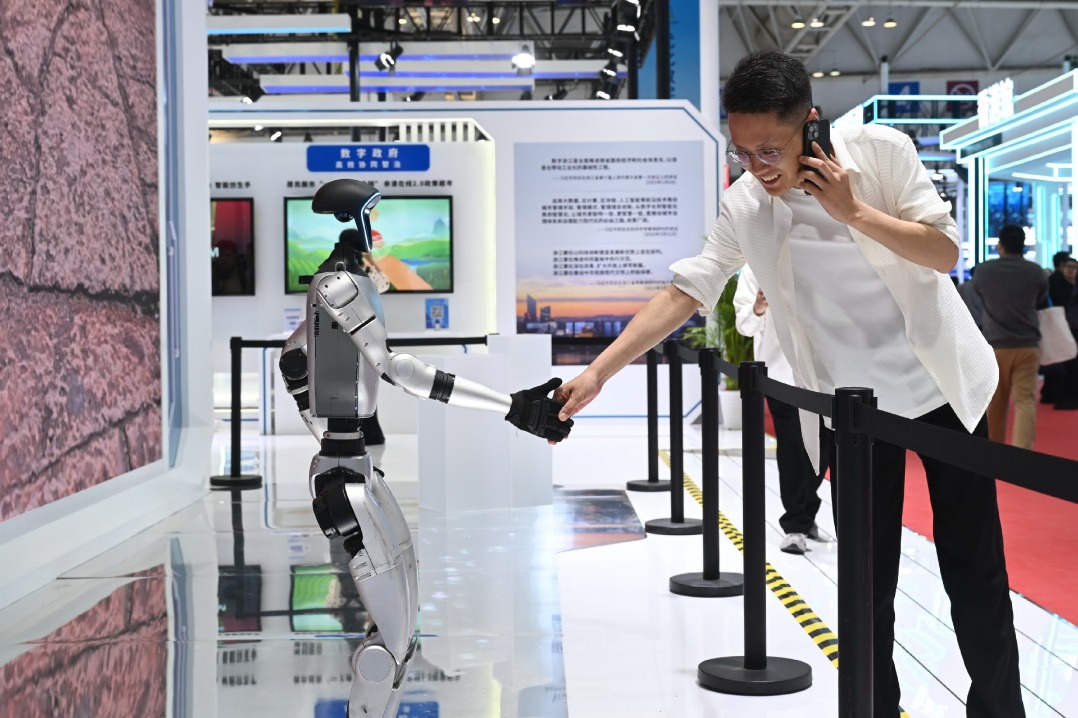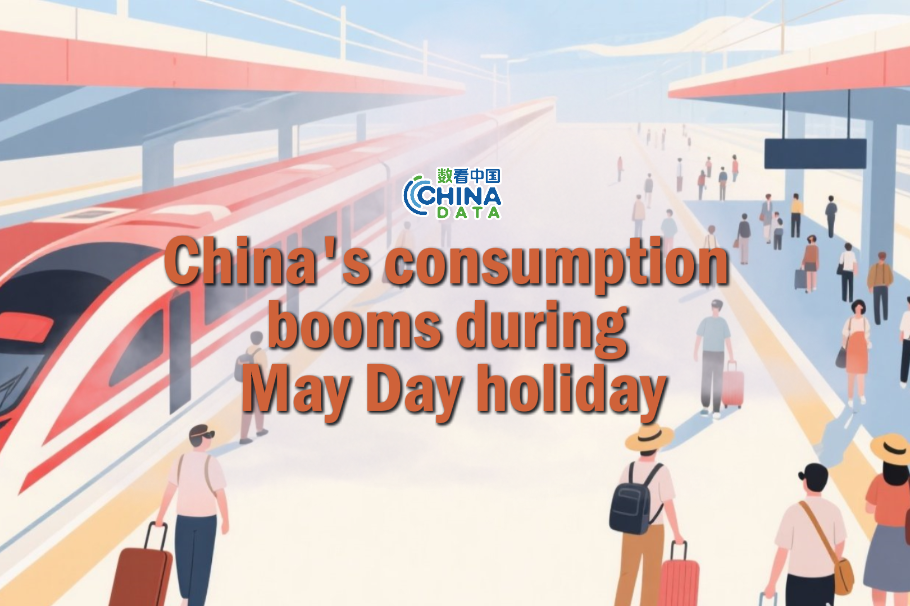
State Grid Zhenjiang Power Supply Company works through extremes to ensure energy security

As a cold wave struck Zhenjiang in Jiangsu province, the temperature dropped sharply to -7 C. Despite such severe cold weather, staff members from the State Grid Zhenjiang Power Supply Company have remained at their positions, racing against time to complete the crucial testing and power transmission process at the Yuheng 220 kilovolt substation, providing power support for companies to resume work and production.
With the successful power transmission of three 110 kv special lines including Hongtai I871, the electricity demand of Jiangsu Hongtai Iron and Steel has been fully met, a guarantee for this comprehensive steel enterprise to expand production in the new year. As a significant enterprise in the Jiangsu region for smelting, continuous casting and rolling, Hongtai has an annual production capacity of 2.15 million metric tons. At the beginning of the year, Hongtai added two production lines which increased capacity by about 15 percent and led to a sharp rise in electricity demand.
To address this challenge, the State Grid Zhenjiang Power Supply Company, considering Hongtai's situation, conducted early assessments and collaborated with multiple departments to develop a construction plan. Despite the severe cold wave, power supply company staff members worked overtime to compress the initial weeklong power transmission construction period to two days. They successfully completed the replacement of 18 current transformers and the transformation of 36 secondary circuits, providing solid power support for Hongtai.
The Yuheng 220 kv substation not only services the power supply needs for Hongtai but also serves more than 10 large-scale industrial users such as Dinsheng Aluminum Industries and Sopu Chemical. Faced with the challenges of the cold wave at the beginning of the new year and the peak of work resumption and production, the State Grid Zhenjiang Power Supply Company acted promptly and initiated a special inspection mechanism.
During the day, maintenance personnel conducted detailed checks on the oil levels of the substation's oil filling equipment and the pressures of the air filling equipment, trying to prevent equipment abnormalities caused by low temperatures. At night, they utilized infrared thermometers and flashlights to carefully inspect critical equipment such as circuit breakers and busbars for any issues, while also clearing floating debris around the substation and reinforcing wind protection measures for the equipment. Such efforts ensure the safe and stable operation of the power grid in extreme weather conditions.




































